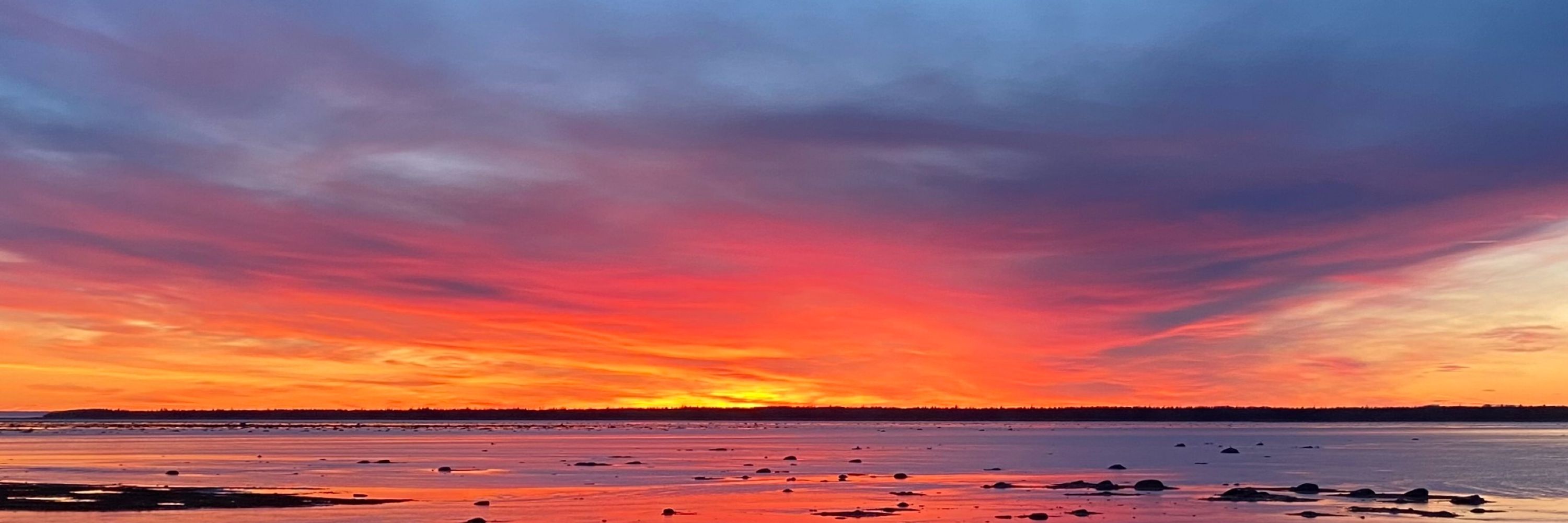
PhD, Prof. UQAR Québec
Mammal & Bird Ecology, Climate Change, Biodiversity, Arctic, Birding. To my 3 kids: Joy & Hope!
Écologie des mammifères & des oiseaux, changements climatiques, biodiversité, Arctique, ornitho. À mes 3 enfants : Joie & Espoir ..
more
PhD, Prof. UQAR Québec
Mammal & Bird Ecology, Climate Change, Biodiversity, Arctic, Birding. To my 3 kids: Joy & Hope!
Écologie des mammifères & des oiseaux, changements climatiques, biodiversité, Arctique, ornitho. À mes 3 enfants : Joie & Espoir



🧪🌿🌎🦊 #wildlife #MovementEcology #uqar




All postings include salary. I am not involved in these positions.
Please share to help others — working to conserve nature is rewarding and needed!
www.linkedin.com/posts/aerinj...



Reposted by Dominique Berteaux
Reposted by Marco Festa‐Bianchet, Dominique Berteaux
Reposted by Michel Naepels
Reposted by Thilina D. Surasinghe
Reposted by Marco Festa‐Bianchet, Julie L. Lockwood, Benjamin Larue
Reposted by Benjamin Larue

doi.org/10.1073/pnas...











